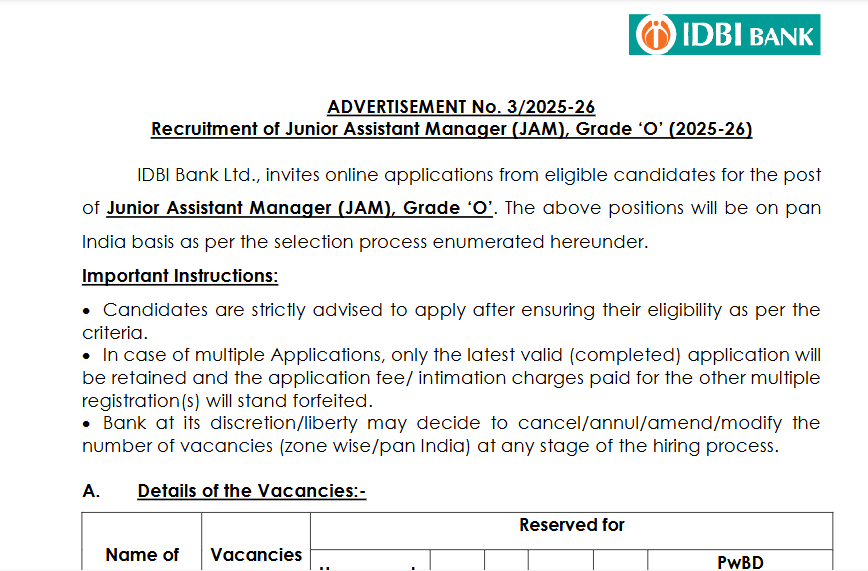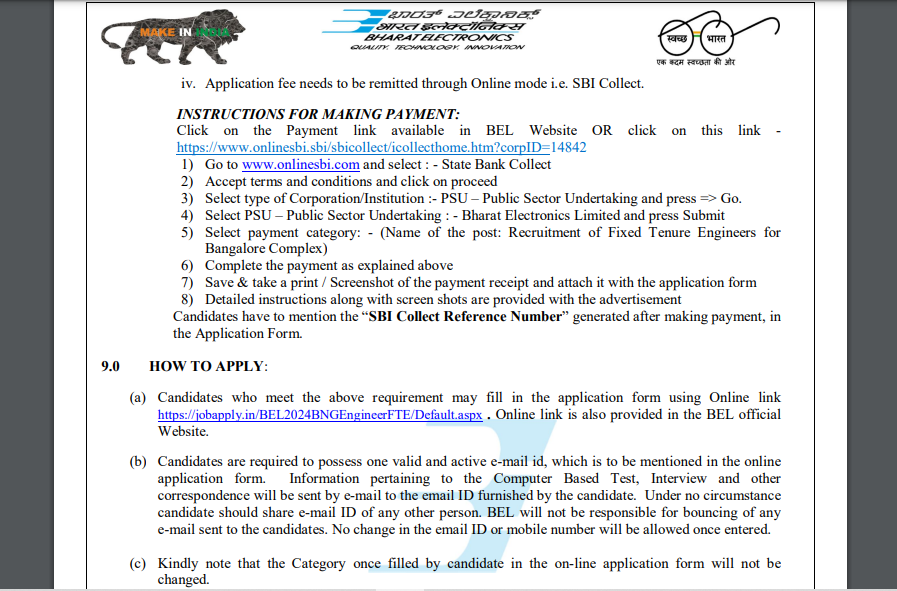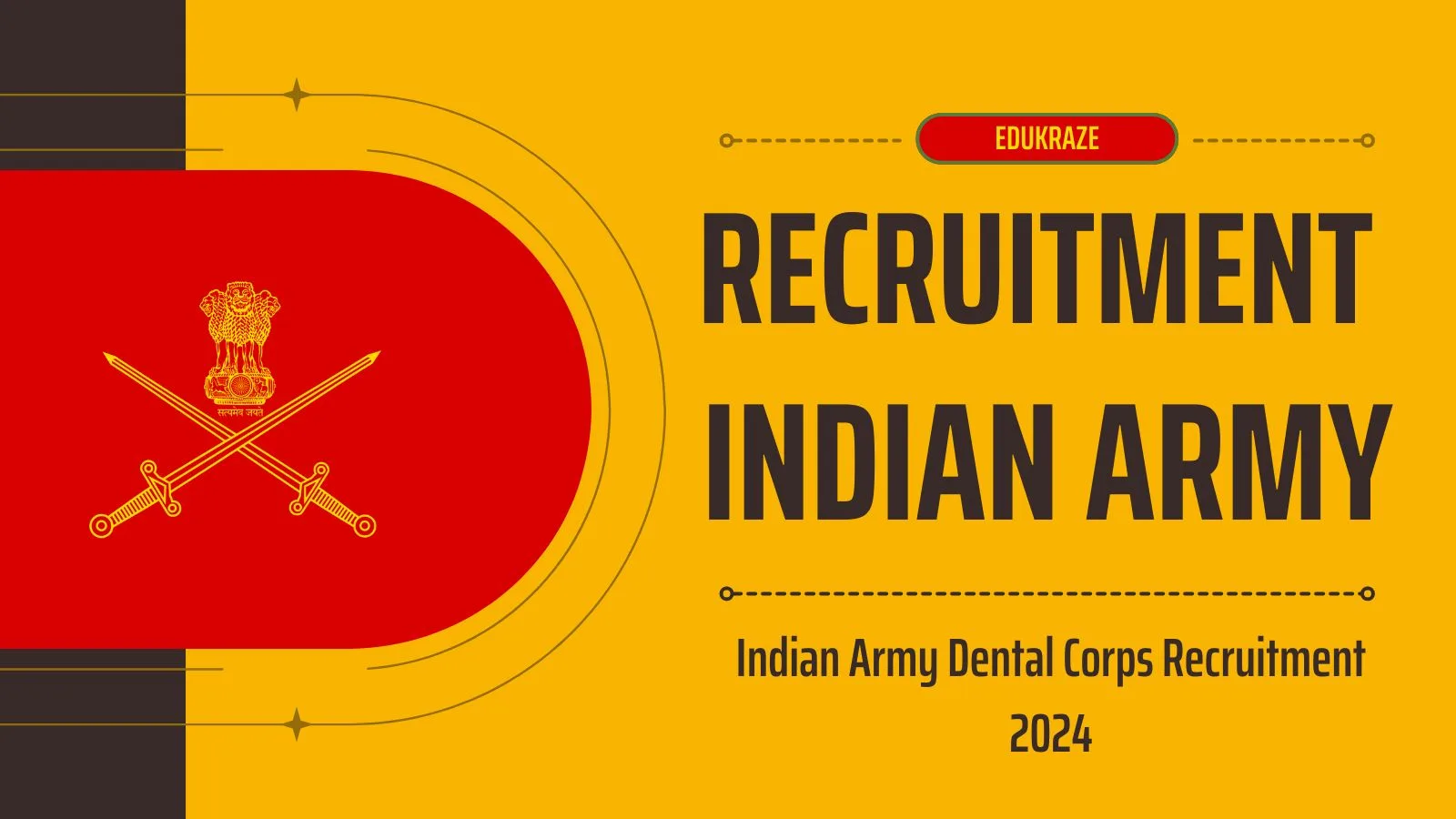World No Tobacco Day, observed annually on May 31st, is a global celebration that aims to raise awareness about the dangers of tobacco use. It serves as an opportunity to educate the public about the harmful effects of smoking, the manipulative tactics of tobacco companies, the initiatives taken by the World Health Organization (WHO) to combat the tobacco epidemic, and what individuals can do to protect their health and that of future generations.
Table of Contents
History of World No Tobacco Day
The World Health Organization, along with its member states, established World No Tobacco Day in 1987. The objective was to draw global attention to the widespread issue of tobacco use and the preventable death and disease it causes. The World Health Assembly passed Resolution WHA40.38 in 1987, designating April 7, 1988, as the first “World No Smoking Day.” Subsequently, in 1988, Resolution WHA42.19 was passed, declaring May 31st as the annual World No Tobacco Day.
Tobacco Epidemic and its Consequences
The tobacco epidemic poses significant health risks to individuals and communities worldwide. Tobacco use is a leading cause of preventable diseases, including various types of cancer, respiratory disorders, and cardiovascular conditions. Moreover, it not only affects the smokers themselves but also exposes non-smokers to secondhand smoke, leading to serious health complications. Tobacco companies have played a crucial role in promoting addiction and profiting from the suffering of millions of people.
Tobacco Growing and its Harmful Effects
Tobacco cultivation has detrimental effects on health, farmers, and the environment. The production of tobacco requires the use of harmful pesticides and chemicals, leading to soil degradation and water pollution. Additionally, tobacco farming contributes to deforestation, exacerbates climate change, and hampers efforts to combat desertification. The tobacco industry often obstructs attempts to substitute tobacco growing with more sustainable crops, aggravating the global food crisis.
The “Grow Food, Not Tobacco” Campaign
The “Grow Food, Not Tobacco” campaign strives to mobilize governments and communities to end subsidies for tobacco growing. The campaign advocates redirecting the savings from these subsidies to support farmers in transitioning to alternative and sustainable crops. By promoting crop substitution programs, the campaign aims to improve food security, enhance nutrition, and contribute to the overall well-being of farming communities.
Government Mobilization and Support
One of the primary goals of the campaign is to encourage governments worldwide to end subsidies on tobacco growing. By doing so, governments can allocate resources towards sustainable agricultural practices that benefit farmers and improve food security. The pledge to end tobacco subsidies is a significant step towards protecting public health and supporting the livelihoods of farming communities.
Awareness in Tobacco Farming Communities
The campaign emphasizes the importance of raising awareness within tobacco farming communities about the benefits of transitioning away from tobacco cultivation. By providing education and resources, farmers can explore alternative crops that offer sustainable livelihoods. This shift not only safeguards their health but also promotes economic stability and resilience in the face of changing market dynamics.
Checkout the More Article like this in our Education section
Combating Desertification and Environmental Degradation
Tobacco farming has a detrimental impact on the environment, contributing to desertification and environmental degradation. Decreasing tobacco cultivation allows for the preservation and restoration of land, protecting it from further damage. By transitioning to sustainable farming practices, communities can safeguard their environment, preserve biodiversity, and mitigate the effects of climate change.
Exposing Industry Efforts to Obstruct Progress
The tobacco industry has a long history of obstructing efforts to promote sustainable livelihoods and healthier communities. Through lobbying, manipulation, and marketing tactics, these companies impede the progress towards ending tobacco cultivation. It is crucial to expose these efforts and advocate for stronger regulations and policies that prioritize the well-being of individuals and the environment over corporate interests.
Measuring Success of the Campaign
The success of the “Grow Food, Not Tobacco” campaign can be measured by the number of governments that pledge to end subsidies on tobacco growing. Additionally, the campaign’s impact can be evaluated by improvements in food security, nutrition, and environmental preservation resulting from the transition to sustainable agriculture. By prioritizing these aspects, communities can reclaim their right to health and ensure a healthier future for generations to come.
Conclusion
World No Tobacco Day serves as a reminder of the ongoing battle against tobacco use and its harmful consequences. It calls upon individuals, governments, and organizations to unite in the fight against the tobacco epidemic. By ending subsidies on tobacco growing, promoting sustainable crops, and raising awareness, we can protect our health, support farmers, preserve the environment, and pave the way for a tobacco-free future.
FAQs
What is the significance of World No Tobacco Day?
World No Tobacco Day holds immense significance as it raises awareness about the dangers of tobacco use and the detrimental impact it has on individuals, communities, and the environment. It aims to educate the public about the health risks associated with smoking, secondhand smoke, and the manipulative practices of tobacco companies. The day serves as a call to action for governments, organizations, and individuals to work together in combating the tobacco epidemic and protecting the right to health for all.
How did World No Tobacco Day originate?
World No Tobacco Day was created by the Member States of the World Health Organization (WHO) in 1987. The initiative was established to draw global attention to the widespread tobacco epidemic and the preventable death and disease caused by tobacco use. The World Health Assembly passed Resolution WHA40.38 in 1987, designating April 7, 1988, as the first “World No Smoking Day.” Later, in 1988, Resolution WHA42.19 declared May 31st as the annual World No Tobacco Day.
What are the health risks associated with tobacco use?
Tobacco use poses severe health risks and is a leading cause of preventable diseases worldwide. Smoking tobacco, chewing tobacco, and exposure to secondhand smoke can lead to various health conditions, including lung cancer, throat cancer, heart disease, stroke, respiratory disorders like chronic bronchitis and emphysema, and oral health problems. It also contributes to increased rates of morbidity and mortality globally.
How does tobacco farming harm the environment?
Tobacco farming has detrimental effects on the environment. The production of tobacco involves the use of harmful chemicals, pesticides, and fertilizers, which can contaminate soil and water sources. Deforestation is a significant concern as forests are cleared to make way for tobacco plantations, leading to the loss of biodiversity and exacerbating climate change. Additionally, tobacco farming contributes to soil degradation, water pollution, and land erosion, impacting the overall health of ecosystems.
What can individuals do to support the “Grow Food, Not Tobacco” campaign?
Individuals can contribute to the “Grow Food, Not Tobacco” campaign in several ways:
Raise awareness: Educate family, friends, and community members about the harmful effects of tobacco farming and the benefits of transitioning to sustainable crops.
Support local farmers: Purchase produce from local farmers who practice sustainable agriculture and do not engage in tobacco cultivation.
Advocate for change: Engage in discussions, sign petitions, or participate in grassroots movements that promote ending subsidies for tobacco farming and support crop substitution programs.
Choose sustainable alternatives: Make conscious choices to avoid purchasing tobacco products and instead opt for healthier alternatives.
Spread the message: Use social media platforms, share informative articles, and participate in online discussions to raise awareness about the campaign and its objectives.
Do Follow us on Facebook and updates Checkout our Website
External References: WHO
























